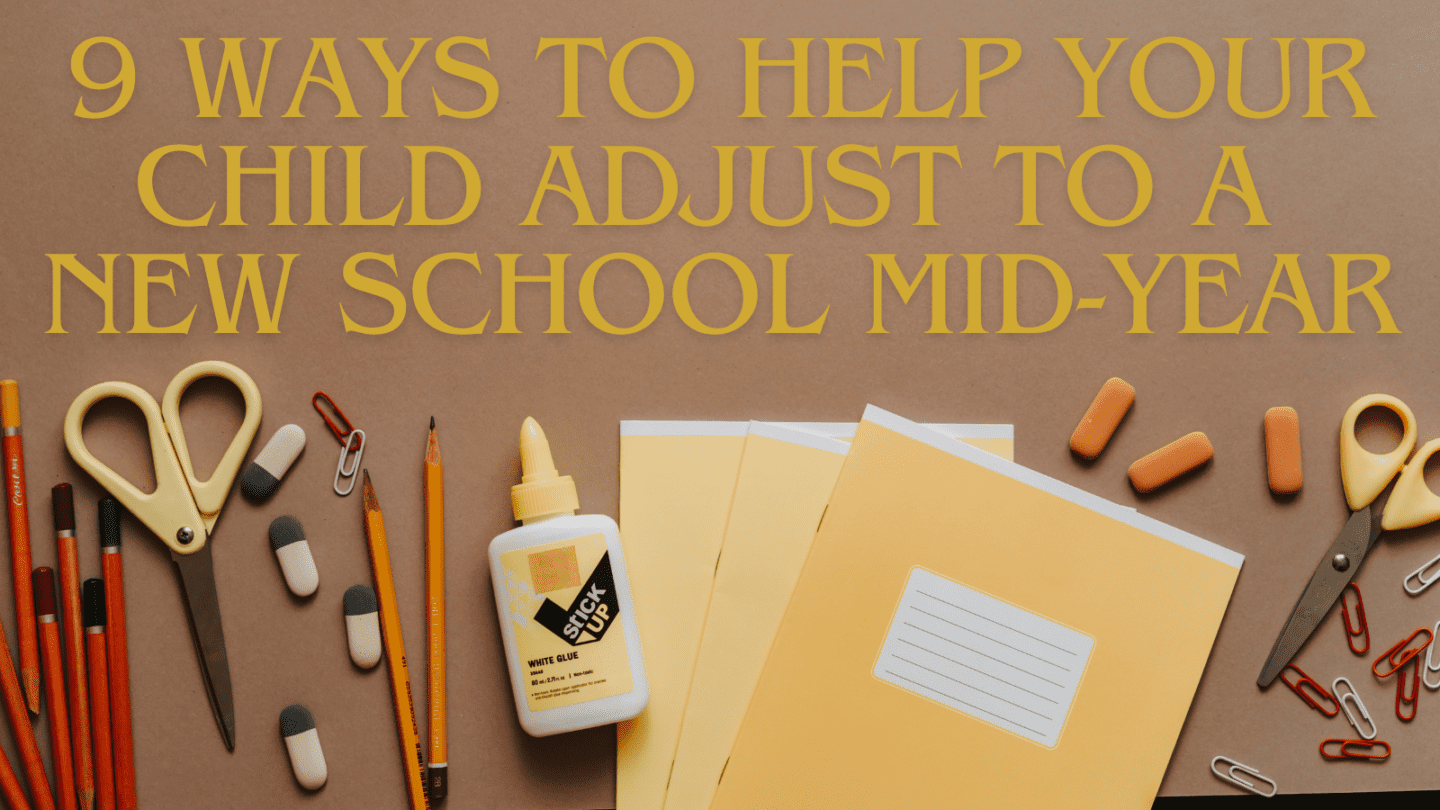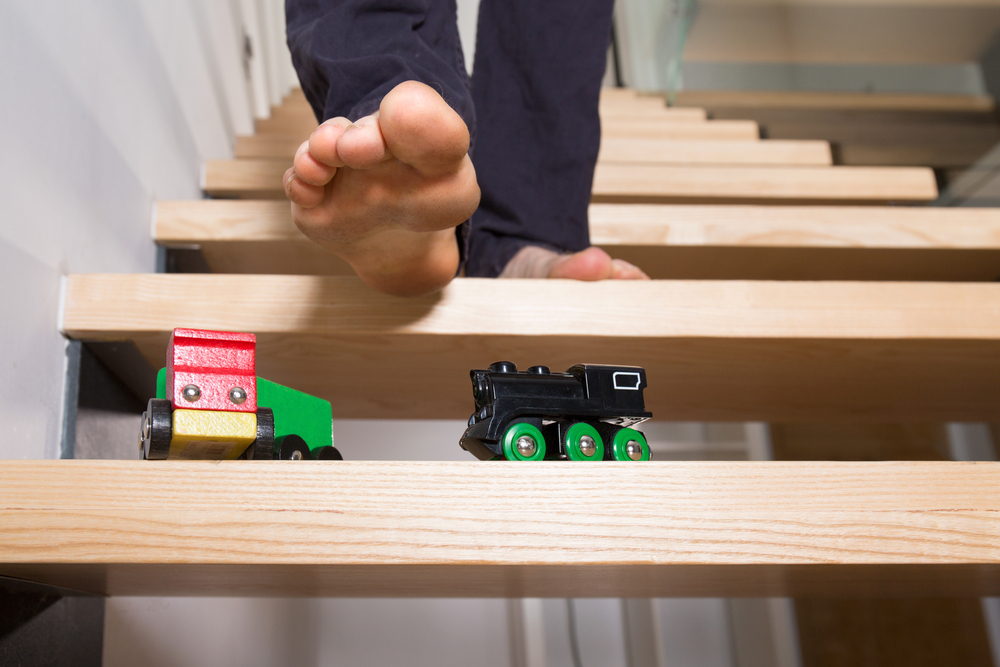For many expat families, moving to another country for better opportunities is often an exciting prospect. However, the younger members of the household that they take with them may feel otherwise. Uprooting children from the only place they’ve ever known and from friends they’ve become attached to is never easy. Instead of excitement, they may experience stress and anxiety, wondering how they are going to fit in at a new school and in the middle of a school year.

If you’re settling in Singapore, the top priority should be ensuring a smooth transition for your child. While a Singapore international school admission team can help you prepare your child to settle into their new school, your role in helping ease your child’s worries is just as vital for them to adjust to their new life abroad as quickly as possible. Here are a few practical approaches to explore:
1. Have an Open and Honest Conversation in Advance
To start with, have an open and honest conversation with your child well before the move. In doing so, you can give them as much time as possible to say goodbye to their friends and prepare themselves for this big change in their lives.
Show your child that you respect them by encouraging them to express their thoughts and feelings about the upcoming change. It’s important to listen actively to what they have to say and validate their emotions, letting them know that you understand their feelings. Ultimately, this conversation will help your child feel heard and understood, making the transition less frustrating for them.
2. Maintain an Enthusiastic and Positive Attitude
As parents, your attitude plays a pivotal role in how your child perceives the move. Maintain enthusiasm and a positive outlook about the new school and environment. If possible, share stories of other children who successfully adapted to new schools and made friends. Your optimism can be contagious and reassuring for your child.
3. Hand Over Some Control to Your Child
Empower your child by involving them in decisions related to the move. This could be as simple as letting them choose their school supplies or even a new backpack. Moreover, you can let them decide which room they want in your new place.
You can boost their confidence, and help them feel a sense of ownership over the transition simply by letting them have a say in some of the family decisions.
4. Establish New Routines
For kids, routines provide a sense of stability and predictability. Furthermore, they can be comforting during times of change. As such, you should try to establish new routines in your new home.
Create a daily schedule that includes school, homework, playtime, and rest. Indeed, consistency in routines can help your child adjust more smoothly to their new environment.
5. Visit the New School Before Class Starts
Before the first day of school, schedule a visit to the new school. Explore the classrooms, playgrounds, and common areas. Meeting teachers and school staff in advance can help your child feel more comfortable on the first day and reduce anxiety about unfamiliar surroundings.
6. Talk to Your Child’s Teachers about Your Concerns
Building a strong relationship with your child’s teachers is crucial for your child’s successful integration, especially in the middle of a school year. Adding to the challenge of catching up would be Singapore’s competitive academic culture, which is apparent even within international schools.
Needless to say, your child will need all the help they can get, especially from their new teachers. Since they have valuable insights that can help your child cope and thrive in their new school environment, it pays to have their teachers as allies.
7. Suggest Play Dates with Other Children
Social connections are vital for your child’s well-being. Why not arrange playdates with classmates or children from the neighbourhood? These informal gatherings can help your child make friends and build a support network outside of school hours. While this doesn’t mean that your child can forget about the old friends they left behind, establishing new connections will enrich their new experiences in this new country.
8. Sign Up for Co-Curricular Activities
Singapore schools offer a wide range of co-curricular activities. Encourage your child to explore these options based on their interests and talents. Aside from keeping them busy, participation in clubs and sports activities can help them form friendships and gain a sense of belonging.
9. Make Sure Your Child Can Keep in Contact with Their Old Friends
Maintaining contact with old friends can provide emotional support during the transition. So, ensure your child has the means to stay connected, whether through video chats or visits when possible. After all, familiarity with old friendships can provide comfort in a new environment.
Relocating to another country brings incredible opportunities, but it also requires sacrifice. Unfortunately, it’s often the children who would need to adjust the most. Hopefully, these approaches will help your family during this transition. Ultimately, it would be your support and encouragement that will enable your child to thrive in their new environment.
DISCLOSURE – This is a collaborative post.




